T4K3.news
London ozone alert
A high ozone alert is in effect as temperatures rise. Check local advisories and limit outdoor activity during peak sun.
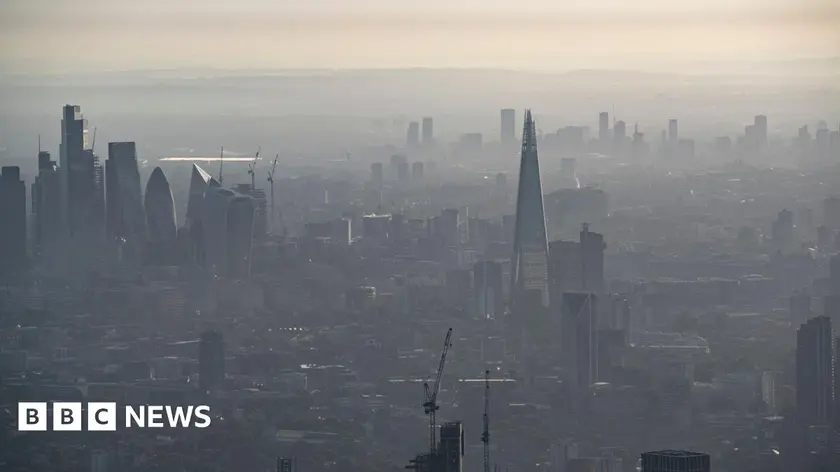
City Hall warns of high ozone as heat rises, prompting a public health alert for London.
High pollution warning issued for London
London is under a high ozone alert on Tuesday as temperatures are forecast to top 30C. City Hall says strong sunshine and hot weather will push ozone levels higher, and winds from mainland Europe could worsen the situation. The alert, produced after a forecast from Imperial College London, will be displayed on bus stop countdown boards, London Underground signs and sent to schools and borough councils.
Mete Coban, the deputy mayor for environment and energy, says London's toxic air is linked to around 4,000 premature deaths each year. Officials urged residents to limit outdoor activity during peak sun, keep windows closed where possible, and use public transport while advisories are in place.
Key Takeaways
"London's toxic air is linked to around 4,000 premature deaths each year."
Statement by Mete Coban, deputy mayor for environment and energy
"Strong sunshine and hot weather are expected to trigger high ozone levels."
Forecast from City Hall
"The alert will be displayed on bus stop countdown boards and other public signs."
Dissemination plan
The alert shows how heat and sunlight interact with ozone pollution in a dense city. It demonstrates that authorities can mobilize health warnings quickly when a heat spell hits, but it also raises questions about how effective alerts are if people do not have practical steps to take. Public messaging must translate warning signals into real actions for families and workers.
Longer term, episodes like this point to the need for stronger investments in clean transport, more green space, and better heat resilience. The challenge is turning warnings into policy and making sure residents understand what actually lowers exposure in a crowded urban landscape.
Highlights
- Clean air should not be a luxury.
- Heat and sun must not cost lives.
- Public health comes first in a crowded city.
- A warning is only useful if people act on it.
Public health risk from heat and pollution triggers policy scrutiny
The alert links health outcomes to heat and cross-border pollution, potentially prompting budget debates and political scrutiny of transport and energy policies. It may trigger public reaction and calls for stronger protections.
Officials will monitor conditions and adjust advisories as needed.
Enjoyed this? Let your friends know!
Related News
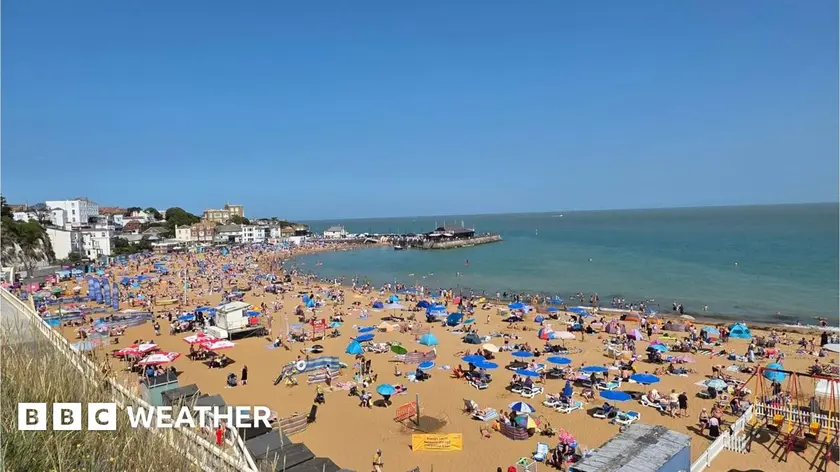
Heat alert updates

UK heat alert expands
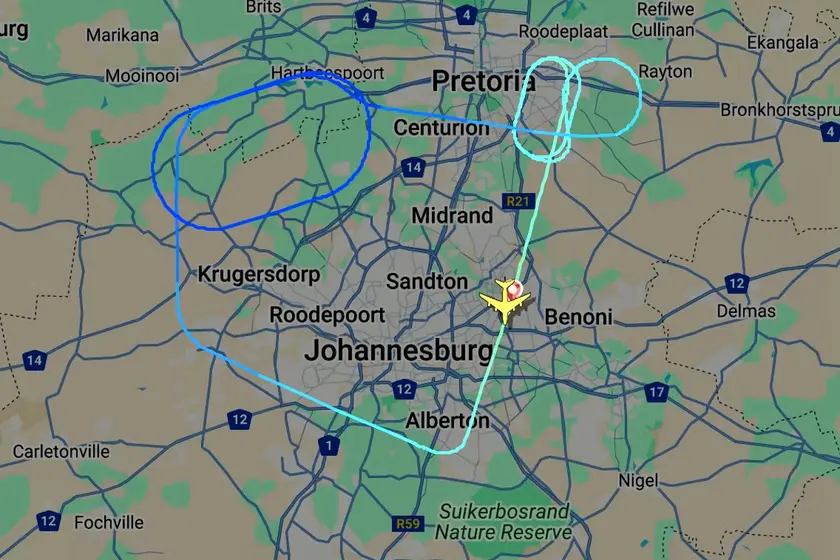
British Airways Airbus A380 returns due to smoke alert
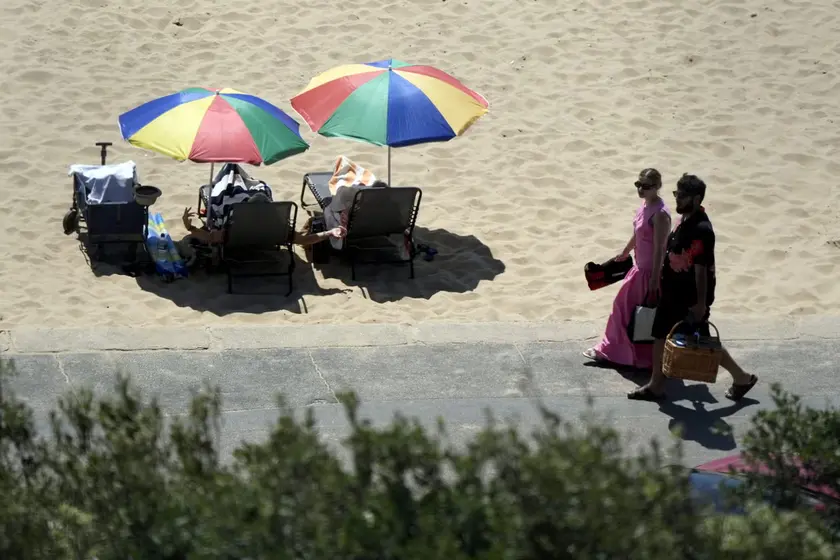
UK heatwave warning

Caffeine intake linked to health benefits and risks

Amber heat alert hits large parts of England

Heat health alert across England warns of higher risk
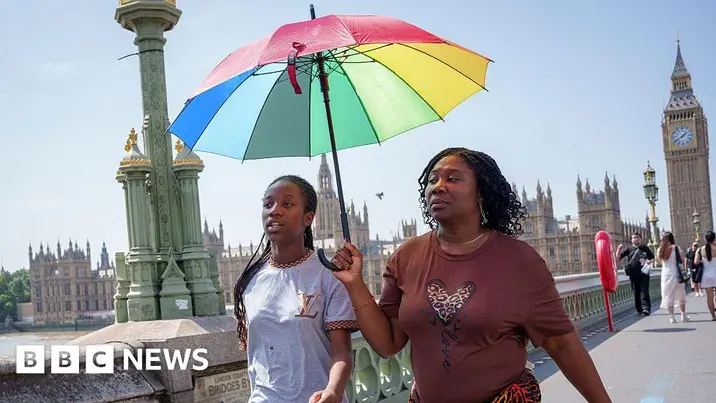
Heat alert extended in England
